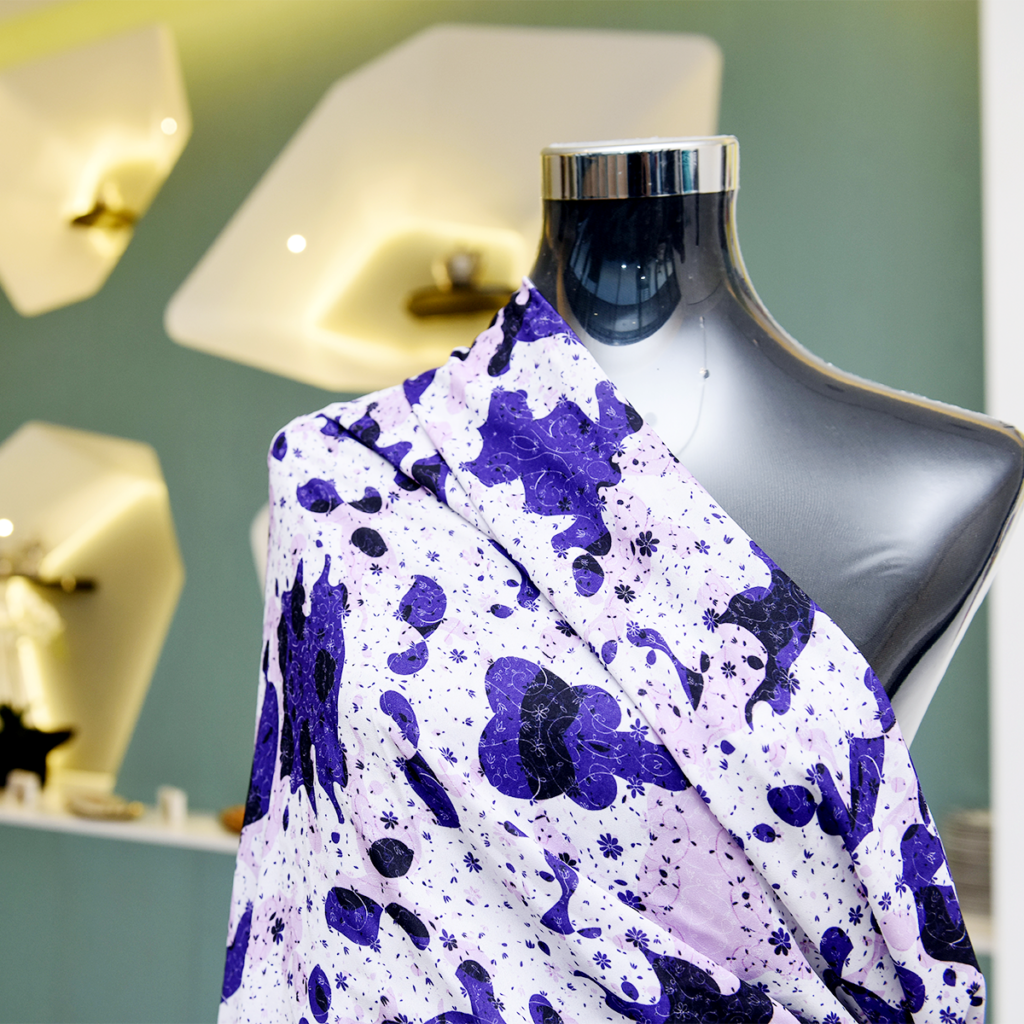The steps of designing a pattern are almost the same. What changes are the final product. Designing a surface pattern for a stationery product is different than designing a surface pattern for a textile. Read on to know more about the steps and why designing patterns for textile are different.
Steps on Designing Textile Pattern
Digital Textile Pattern Design
In case of designing a digital textile pattern, all you need is a laptop or an iPad mostly. Some designers draw directly using a software like Adobe Illustrator or Procreate and others prefer to draw by hand and import their work. I’ll talk more about this below.
Choosing a theme or style is the first step. Without a concept in mind, it’ll take longer to design even a simple digital pattern. Having an idea will make the following steps much easier and the whole designing process too.
As for the style itself, you can go for simple geometric pattern design, or botanical style. Ideas are unlimited. Try drawing motifs until you have a full pattern. Then, the pattern will be repeated automatically in Adobe Illustrator or even Adobe Photoshop. So the designing area you’ll work on will be small. Then you’ll repeat it on the actual size you want to use for the final product.
It’s normal for the prototype part to take some time. Colors, motifs alignment and other details can be more visible on an actual printed textile fabric. That’s when mistakes show. So if you’re working from the first step until the final designing step correctly, mistakes will be minimal. However, sometimes printed colors will be a bit different than on screen. Keeping in mind those details while designing is helpful.
In Artista’s Youtube Channel, we uploaded a short video showing the process of designing a digital surface pattern:
Textile Pattern Design using Traditional Mediums
Another method to use when designing a textile pattern is using traditional mediums. What I mean by that is simply using sketch paper, pencil, and paints to design the whole pattern. Or, sketch the pattern then transfer it to the digital medium and tracing over it. Some designers might even sketch only the elements, trace them on screen and form the full pattern using a digital medium. Each designer has his own designing style that he adapts. It all depends on what’s easier for the designer to work with.
On this subject, if you wish to learn further on designing a surface pattern, Bonnie Christine is the right person for this. She’s incredible at teaching this and takes you step by step on how to create your own surface pattern collection. You can find her classes on Skillshare:
Subscribe to our newsletter!
Artista’s Online Courses: Click Here
Youtube Channel: Artista KW


